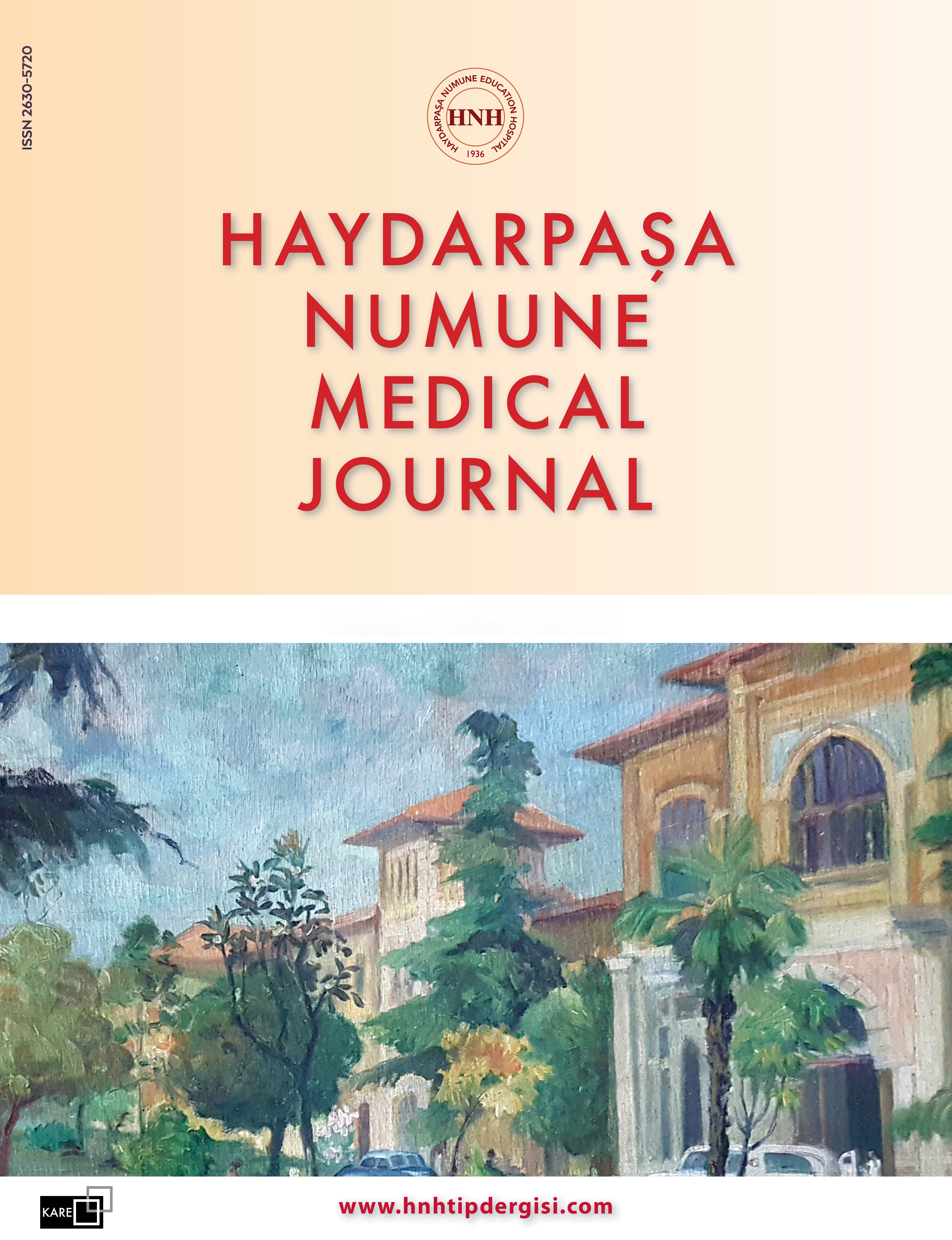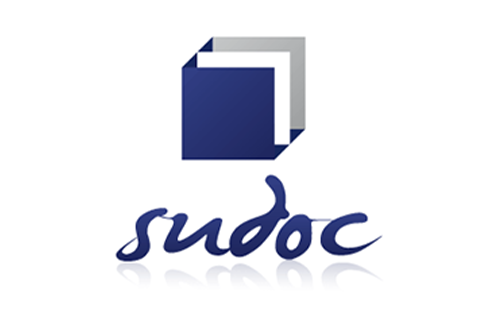The Relationship Between the Triglyceride-Glucose Index, and HbA1c and Insulin Resistance in Prediabetic Patients
İsra Serda Oğuz, Levent Özsarı, Kenan Çağlayan, Özge Siyer, Adnan GökçelDepartment of Endocrinology, University of Health Sciences Türkiye, Haydarpaşa Numune Training and Research Hospital, Istanbul, TürkiyeINTRODUCTION: The triglyceride-glucose index (TyGi) is recommended as a reliable and simple insulin resistance (IR) marker in patients. This study aimed to clarify the role of TyGi in prediabetic patients and to compare its correlation with insulin resistance.
METHODS: A total of 176 patients who applied to the Endocrinology Department outpatient clinic and underwent a 3-hour OGTT were included in the study. The patients were divided into two groups (normal, prediabetes) according to the OGTT results. IR was calculated using the homeostatic model assessment (HOMA-IR) formula. The ADA criteria were used to diagnose prediabetes. The formula ln (fasting triglyceride [mg/dL]×fasting glucose [mg/dL]/2) was used to determine the TyGi.
RESULTS: Higher mean TyGi (8.79±0.08 vs. 8.43±0.05) and HOMA-IR (4.28±0.43 vs. 2.41±0.21) values were observed in prediabetic subjects compared to normoglycemic subjects. During the OGTT, TyGi correlated with glucose, HbA1c, and HOMA-IR measurements. The area under the curve (AUC) for HbA1c (0.754) was greater than that for HOMA-IR (0.725) and TyGi (0.674) in diagnosing prediabetes. The cut-off values for prediabetes were TyGi > 8.50 (sensitivity: 66.1%, specificity: 42.7%) and HOMA-IR > 2.25 (sensitivity: 62.5%, specificity: 32.6%).
DISCUSSION AND CONCLUSION: TyGi is nearly as effective as HbA1c as a diagnostic marker for prediabetes, and the cut-off points for identifying prediabetes were determined as TyGi > 8.50 and HOMA-IR > 2.25.
Manuscript Language: English
















